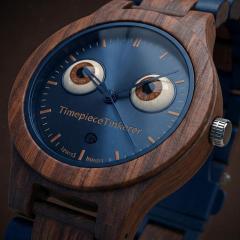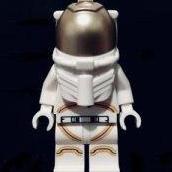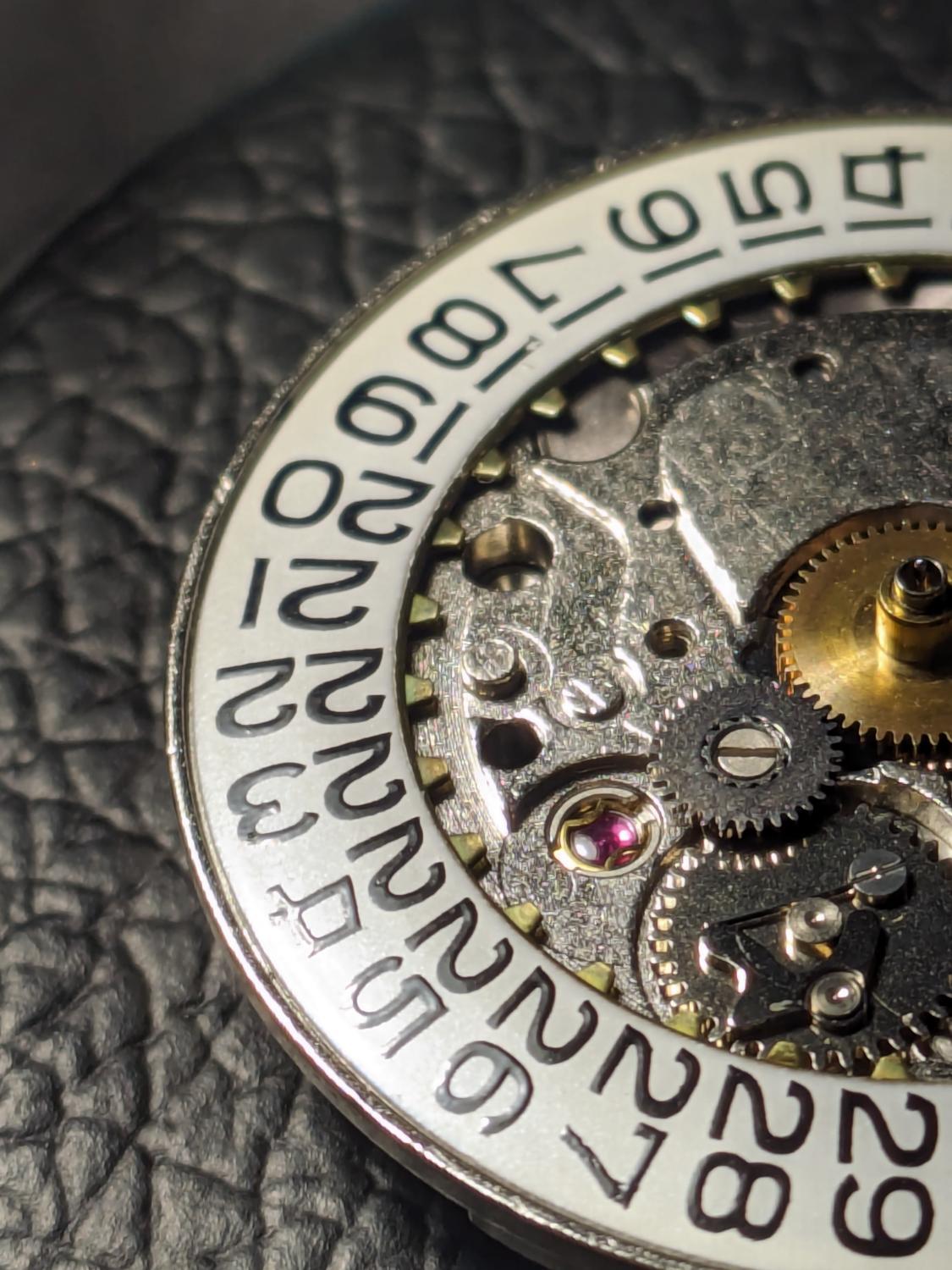-
Similar Content
-
Recently Browsing
- No registered users viewing this page.
-
Topics
-
Posts
-
By TimepieceTinkerer · Posted
Thank you for your insight! I really appreciate the explanation—it’s reassuring to know that these winders were designed with replaceable arbors. I don’t have much experience with a lathe, but this gives me a good direction to explore. Thanks again for sharing your knowledge! -
Sorry for the long gap, took me a little bit to get back to this project. I started chasing down the idea of the bridle or barrel wall causing too much friction so when fully wound OR automatically wound, it would keep hitting that point of high tension and high amplitude, hence the rebanking. But when left to it's own, it would settle into it's natural state of amplitude. What I've noticed in the process, that standard loose bridle for a MSN-29 (same as WA80) is too short for the barrel. As you can see in the picture, it does not appropriately overlap itself. The rest of the spring is getting caught up under the bridle and causing issues! Further that, I noticed Tudor 390 lists a "MAINSPRING BRIDLE ONLY" in the parts list, A/1396. I'm suspecting, though I don't know until I get one, the bridle only is a special length to be substituted in. More to come when I get this piece.
-
Another one on its way as the emblem on the dial intrigued me.
-
By Neverenoughwatches · Posted
Is the taper within the hole negligible ? I was reading a little something the other day of reducing side friction on a pivot to increase vertical amplitude. Replacing the jewel for a thinner one, though it has the con of potentially eating up the side of the pivot. I just wondered if the hole taper has much effect on reducing friction. With the bottom of the jewel hole being narrower than the top. Or whichever end the grindout is started.
-












Recommended Posts